Lars Keuninckx
Resource-Efficient Gesture Recognition using Low-Resolution Thermal Camera via Spiking Neural Networks and Sparse Segmentation
Jan 12, 2024Abstract:This work proposes a novel approach for hand gesture recognition using an inexpensive, low-resolution (24 x 32) thermal sensor processed by a Spiking Neural Network (SNN) followed by Sparse Segmentation and feature-based gesture classification via Robust Principal Component Analysis (R-PCA). Compared to the use of standard RGB cameras, the proposed system is insensitive to lighting variations while being significantly less expensive compared to high-frequency radars, time-of-flight cameras and high-resolution thermal sensors previously used in literature. Crucially, this paper shows that the innovative use of the recently proposed Monostable Multivibrator (MMV) neural networks as a new class of SNN achieves more than one order of magnitude smaller memory and compute complexity compared to deep learning approaches, while reaching a top gesture recognition accuracy of 93.9% using a 5-class thermal camera dataset acquired in a car cabin, within an automotive context. Our dataset is released for helping future research.
Active Inference in Hebbian Learning Networks
Jun 22, 2023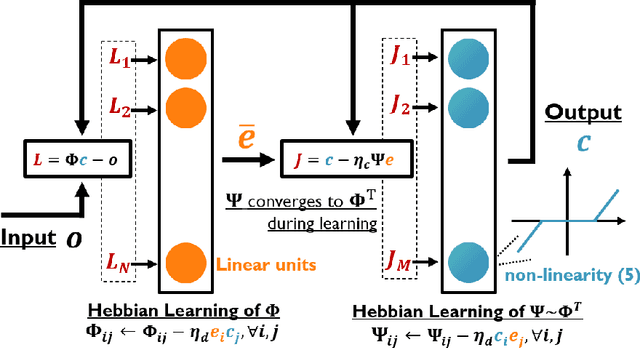
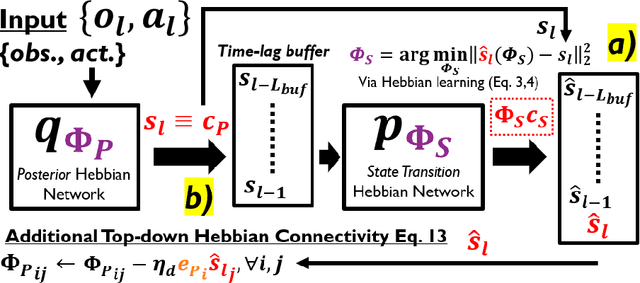
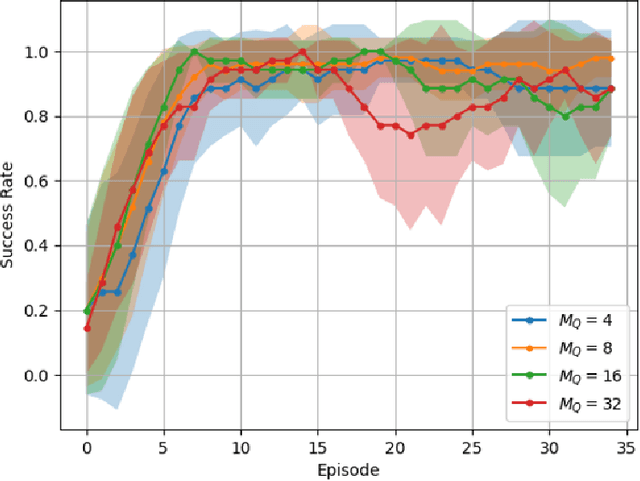
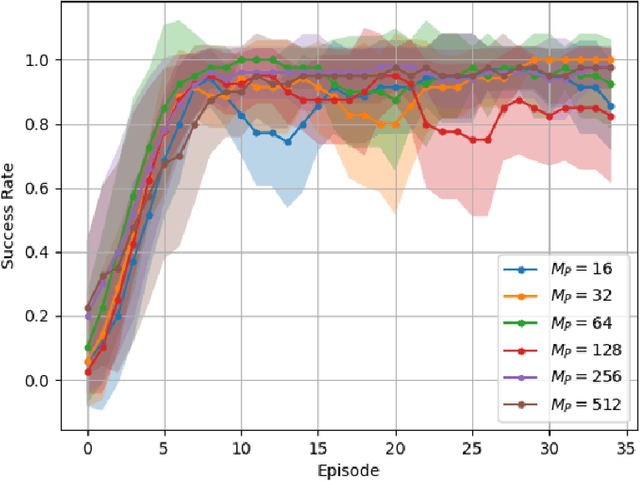
Abstract:This work studies how brain-inspired neural ensembles equipped with local Hebbian plasticity can perform active inference (AIF) in order to control dynamical agents. A generative model capturing the environment dynamics is learned by a network composed of two distinct Hebbian ensembles: a posterior network, which infers latent states given the observations, and a state transition network, which predicts the next expected latent state given current state-action pairs. Experimental studies are conducted using the Mountain Car environment from the OpenAI gym suite, to study the effect of the various Hebbian network parameters on the task performance. It is shown that the proposed Hebbian AIF approach outperforms the use of Q-learning, while not requiring any replay buffer, as in typical reinforcement learning systems. These results motivate further investigations of Hebbian learning for the design of AIF networks that can learn environment dynamics without the need for revisiting past buffered experiences.
A Low-Complexity Radar Detector Outperforming OS-CFAR for Indoor Drone Obstacle Avoidance
Jul 15, 2021
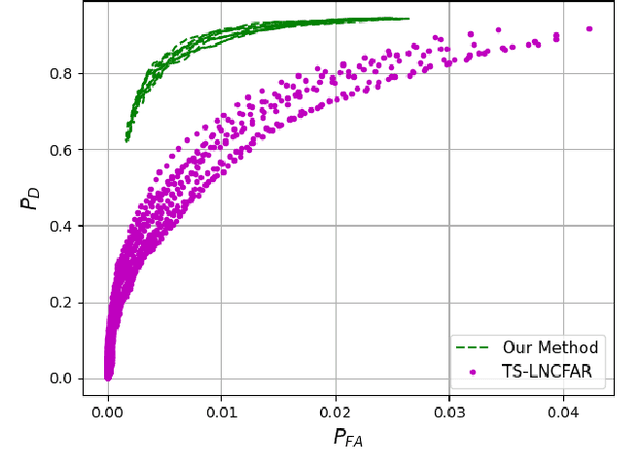
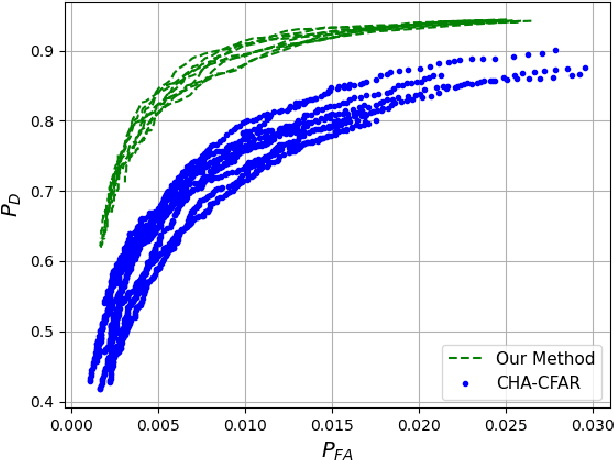

Abstract:As radar sensors are being miniaturized, there is a growing interest for using them in indoor sensing applications such as indoor drone obstacle avoidance. In those novel scenarios, radars must perform well in dense scenes with a large number of neighboring scatterers. Central to radar performance is the detection algorithm used to separate targets from the background noise and clutter. Traditionally, most radar systems use conventional CFAR detectors but their performance degrades in indoor scenarios with many reflectors. Inspired by the advances in non-linear target detection, we propose a novel high-performance, yet low-complexity target detector and we experimentally validate our algorithm on a dataset acquired using a radar mounted on a drone. We experimentally show that our proposed algorithm drastically outperforms OS-CFAR (standard detector used in automotive systems) for our specific task of indoor drone navigation with more than 19% higher probability of detection for a given probability of false alarm. We also benchmark our proposed detector against a number of recently proposed multi-target CFAR detectors and show an improvement of 16% in probability of detection compared to CHA-CFAR, with even larger improvements compared to both OR-CFAR and TS-LNCFAR in our particular indoor scenario. To the best of our knowledge, this work improves the state of the art for high-performance yet low-complexity radar detection in critical indoor sensing applications.
 Add to Chrome
Add to Chrome Add to Firefox
Add to Firefox Add to Edge
Add to Edge